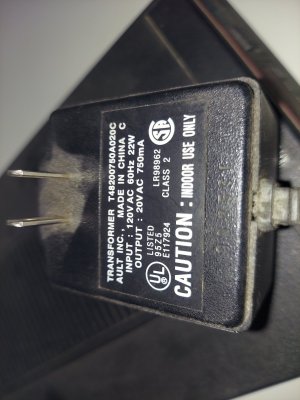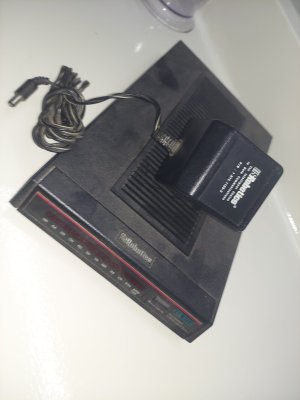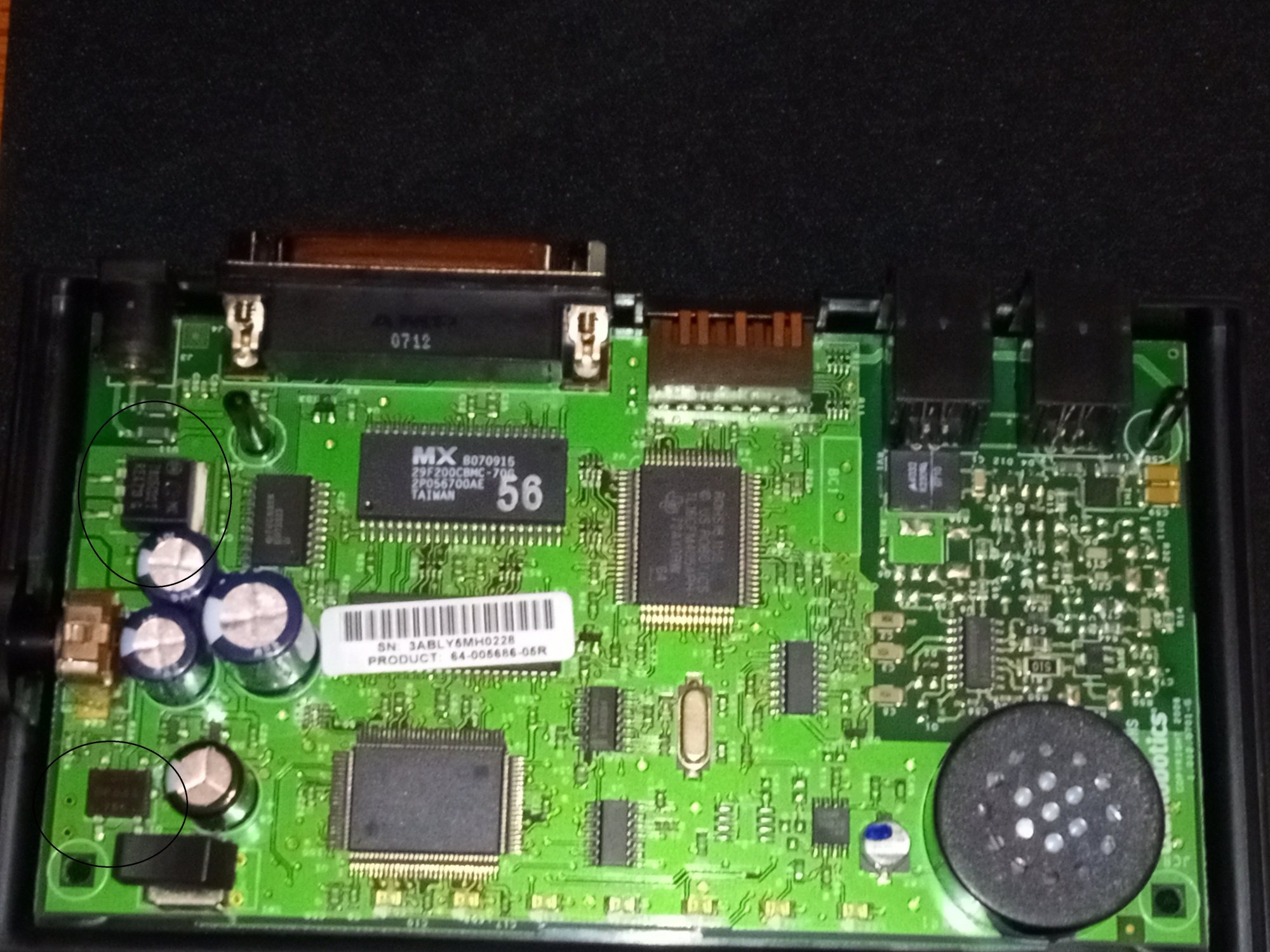Hello Folks,
Amongst the vintage computer hardware, parts, and accessories that are in my inventory is a couple of old analogue external modems using rs232 port (db9). I would like to test them, but I don't have their respective power supplies. USRobotics seemed to treat their power supplies and specs as an industrial secrete, so one can not find that basic information anywhere in the modem's case or documentation.
I believe that many of the usrobotics external modems used AC power supply instead of DC. So, basically the wall wart power adapter would simply step down the voltage and the modem itself would rectify it. It is not clear for me whether the ones I have use DC or AC. I tend to believe that using DC at the right voltage would not do any harm and probably would work out just fine; but I am not sure and don't know about the detail of these devices... Maybe 9VDC would be a good starting point?
The following are the aforementioned modems: USR5630G 56K V.92 Serial Controller Faxmodem (USR015630G, 64-245630-05R) AND USR5686E, USR325686E 56K V.92 External Faxmodem.
Believe it or not, they still have existing urls with all sort of information. The following are the urls:
1) https://www.usr-apr.com/support/s-prod-template.asp?loc=apnz&prod=5630g
2) https://www.usr.com/en-support/product/?prod=5686e
Any insight would be appreciated.
Amongst the vintage computer hardware, parts, and accessories that are in my inventory is a couple of old analogue external modems using rs232 port (db9). I would like to test them, but I don't have their respective power supplies. USRobotics seemed to treat their power supplies and specs as an industrial secrete, so one can not find that basic information anywhere in the modem's case or documentation.
I believe that many of the usrobotics external modems used AC power supply instead of DC. So, basically the wall wart power adapter would simply step down the voltage and the modem itself would rectify it. It is not clear for me whether the ones I have use DC or AC. I tend to believe that using DC at the right voltage would not do any harm and probably would work out just fine; but I am not sure and don't know about the detail of these devices... Maybe 9VDC would be a good starting point?
The following are the aforementioned modems: USR5630G 56K V.92 Serial Controller Faxmodem (USR015630G, 64-245630-05R) AND USR5686E, USR325686E 56K V.92 External Faxmodem.
Believe it or not, they still have existing urls with all sort of information. The following are the urls:
1) https://www.usr-apr.com/support/s-prod-template.asp?loc=apnz&prod=5630g
2) https://www.usr.com/en-support/product/?prod=5686e
Any insight would be appreciated.
![[H]ard|Forum](/styles/hardforum/xenforo/logo_dark.png)


